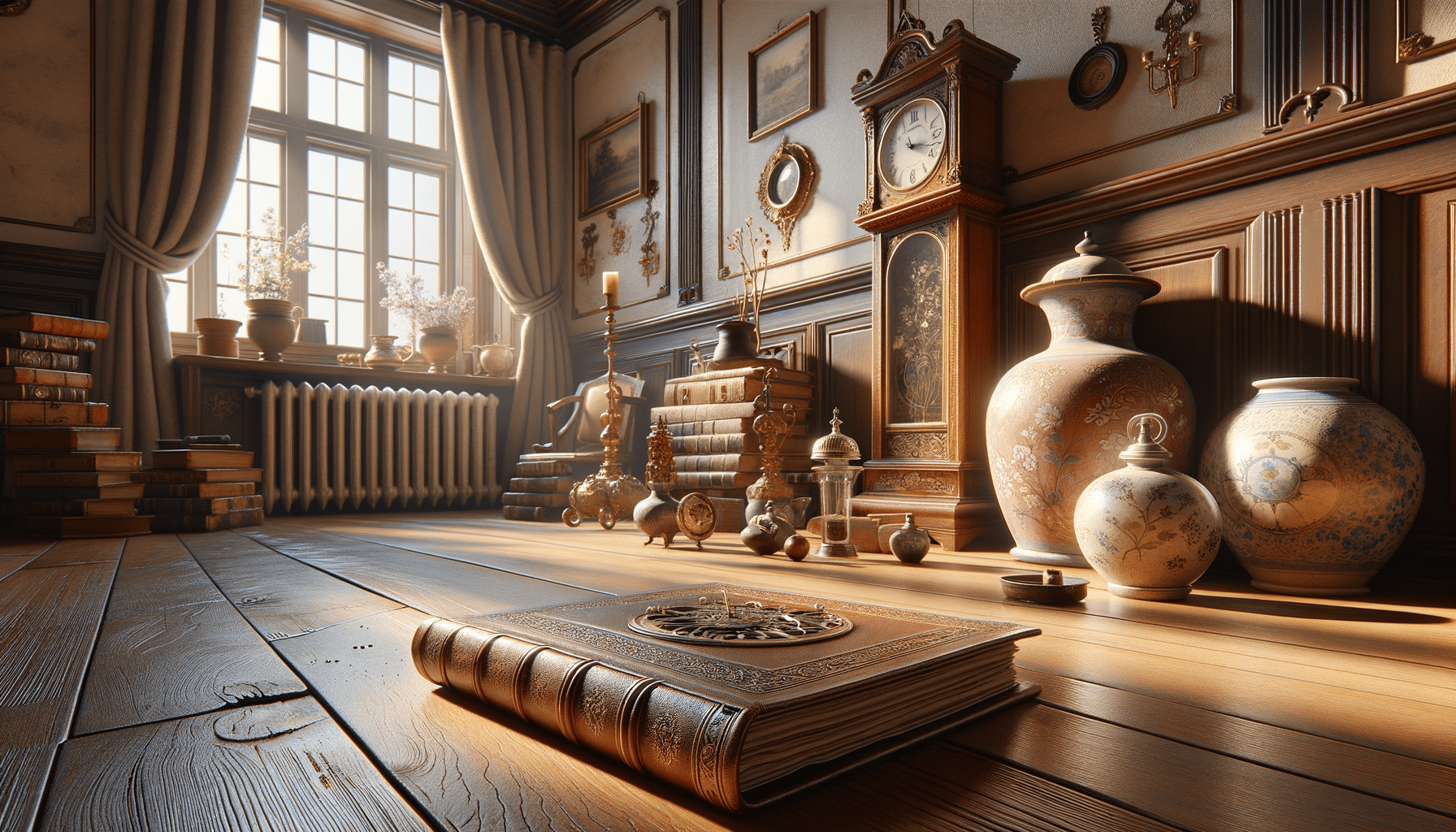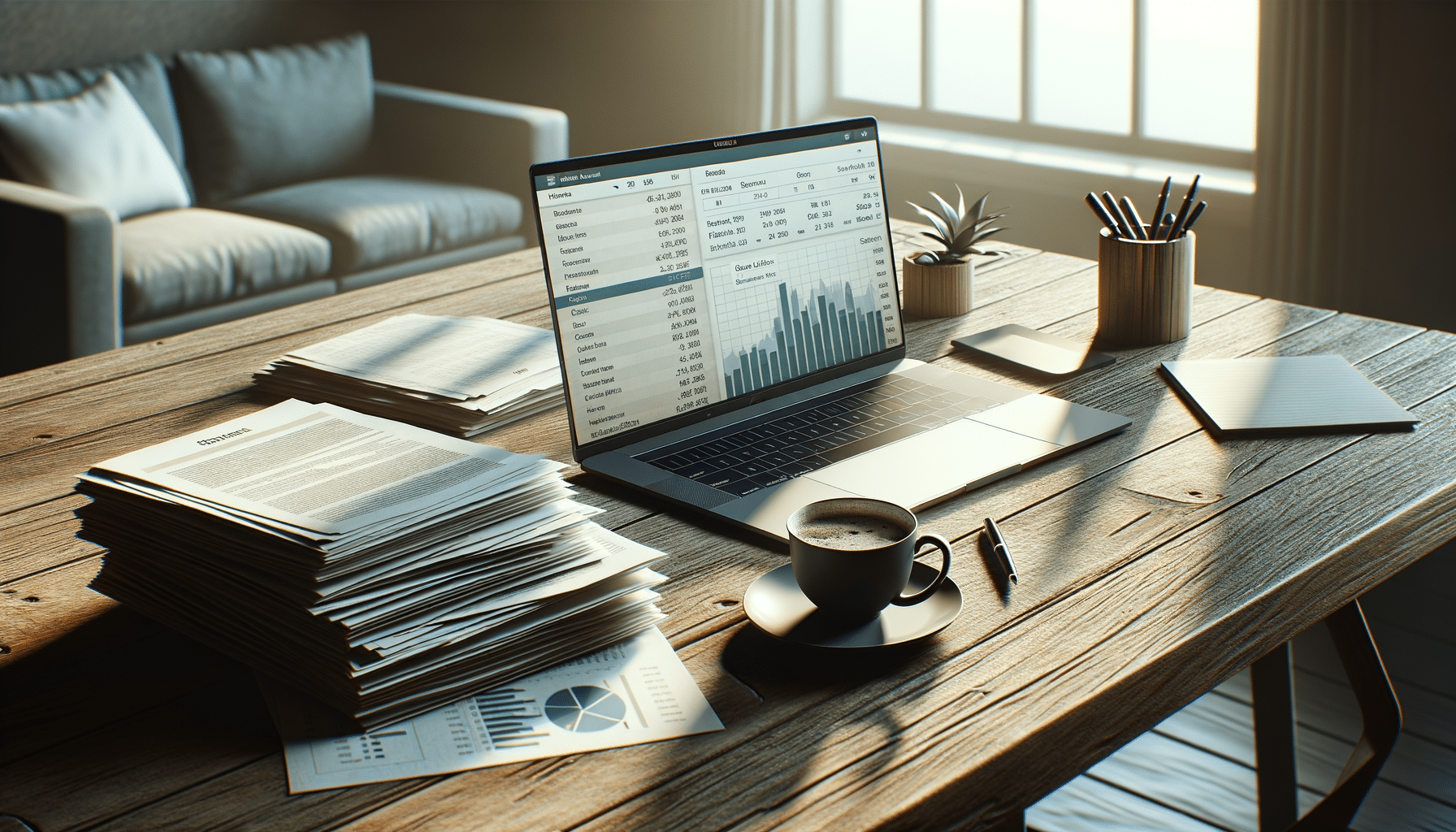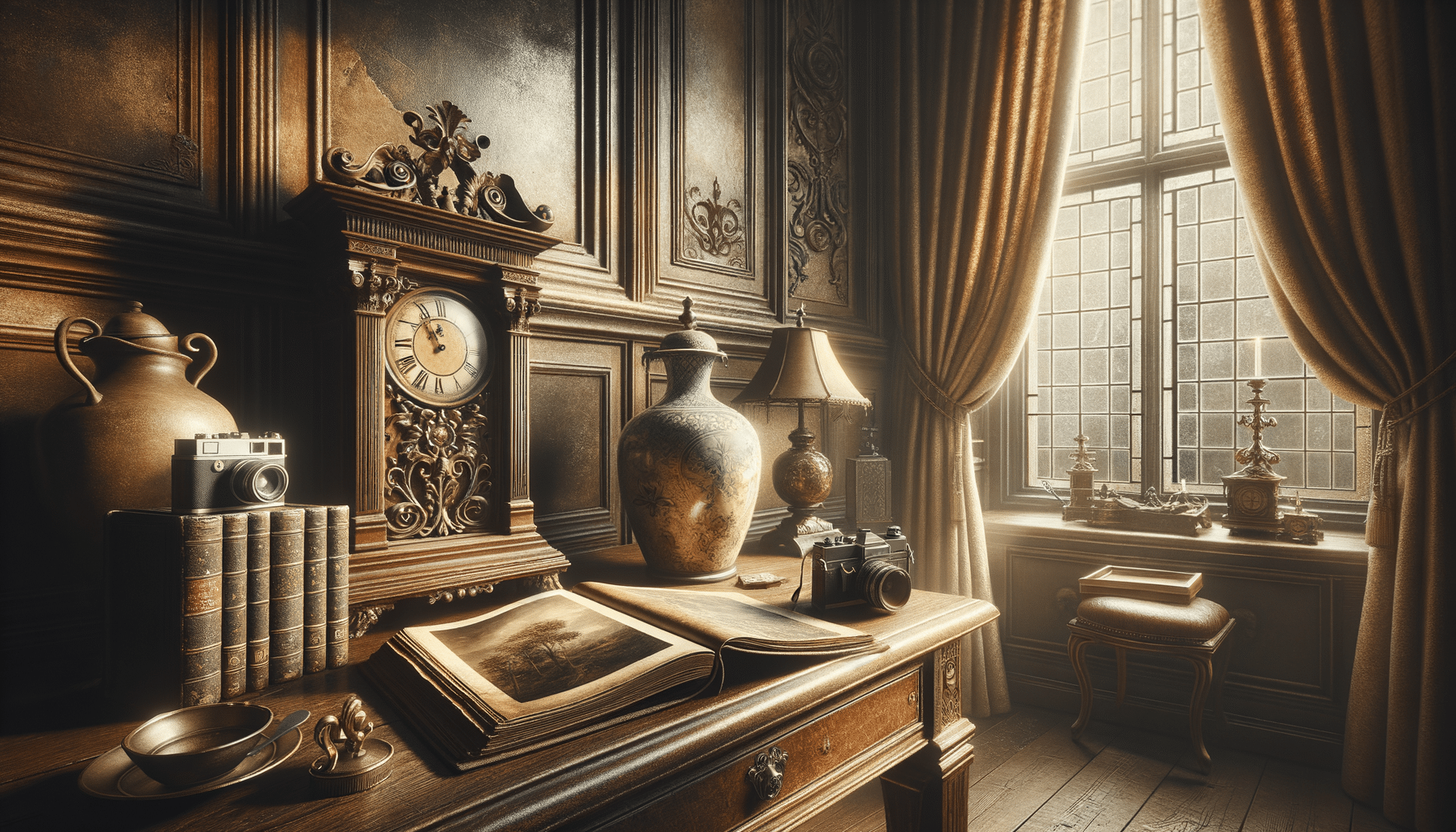
Unlocking the Value of Your Antiques at Home
Introduction to Valuing Antiques at Home
Antiques have a unique allure, capturing the essence of bygone eras while often holding significant sentimental and monetary value. Valuing these treasures within your home can be a rewarding journey, uncovering stories and potential worth that may have been hidden in plain sight. Whether it’s a vintage piece of furniture, a collection of old toys, or an intricately designed vase, understanding how to assess their value can transform your perception of everyday objects. This article delves into the realm of antiques, offering insights into how to identify, assess, and appreciate the value of these items.
Identifying Antiques: What to Look For
The first step in valuing antiques is identification. This involves understanding the age, origin, and authenticity of an item. An antique is typically considered to be at least 100 years old, but this can vary depending on the type of item. Key indicators include:
- Maker’s Marks or Signatures: These can often be found on the bottom or back of items and can provide information about the manufacturer or artist, which helps in dating the piece.
- Materials and Craftsmanship: The materials used and the quality of craftsmanship can indicate an item’s age and origin. For example, hand-blown glass or hand-carved wood are often signs of older, more valuable pieces.
- Wear and Patina: Natural wear and aging, known as patina, can add to an item’s value, indicating authenticity and age.
By paying attention to these details, you can start to piece together the history of an item, making it easier to determine its potential value.
Researching Market Value: Tools and Resources
Once an antique is identified, the next step is researching its market value. This involves comparing your item with similar pieces in the marketplace. Here are some effective strategies:
- Online Databases: Websites dedicated to antiques and collectibles can provide a wealth of information, including past auction results and current listings.
- Antique Dealers and Appraisers: Consulting with professionals can offer expert insights and valuations based on experience and market trends.
- Antique Shows and Auctions: Attending these events can provide a hands-on opportunity to compare your items with others and network with experts.
By utilizing these resources, you can gain a clearer picture of what your antiques might be worth in today’s market.
Factors Influencing Antique Value
The value of antiques is influenced by a variety of factors beyond age and rarity. Understanding these can help you appreciate why some items are more sought after than others:
- Condition: Items in pristine condition are generally more valuable. However, some wear can add to an item’s charm and authenticity.
- Provenance: A documented history of ownership, especially if linked to notable figures or events, can significantly increase an item’s value.
- Trends and Demand: The popularity of certain styles or types of antiques can fluctuate, affecting their market value. Keeping abreast of these trends can be beneficial.
By considering these factors, you can better understand the nuances that contribute to an item’s value.
Preserving and Enhancing Antique Value
Maintaining the value of antiques requires proper care and preservation. Here are some tips to ensure your items remain in top condition:
- Climate Control: Keep antiques in stable environments with controlled temperature and humidity to prevent damage.
- Cleaning and Restoration: Use appropriate methods and products for cleaning, and consider professional restoration for repairs.
- Proper Display: Display items in a way that minimizes risk of damage from light, dust, or handling.
By taking these steps, you can preserve the integrity and value of your antiques for future generations.
Conclusion: The Joy of Discovering Antique Value
Exploring the value of antiques in your home is more than just a financial pursuit; it’s a journey into history and craftsmanship. By understanding how to identify, research, and preserve these treasures, you not only unlock their monetary worth but also enrich your appreciation for the artistry and stories they embody. Whether you’re a seasoned collector or a curious homeowner, valuing antiques can transform how you view the objects that surround you, revealing the hidden treasures within your everyday life.


